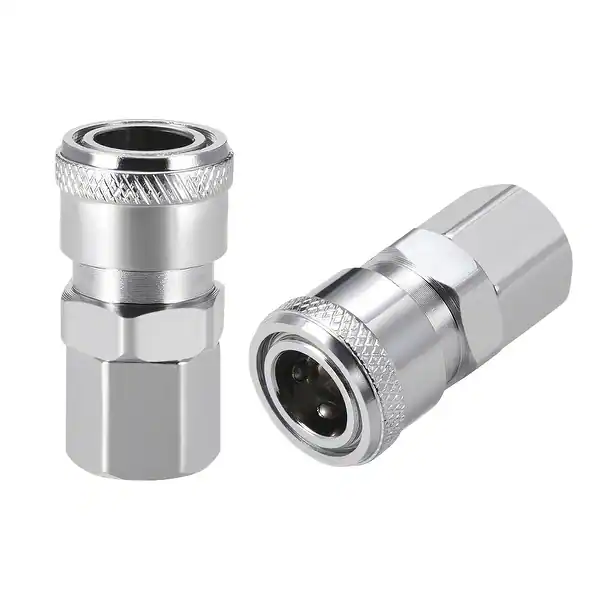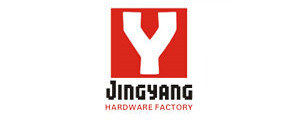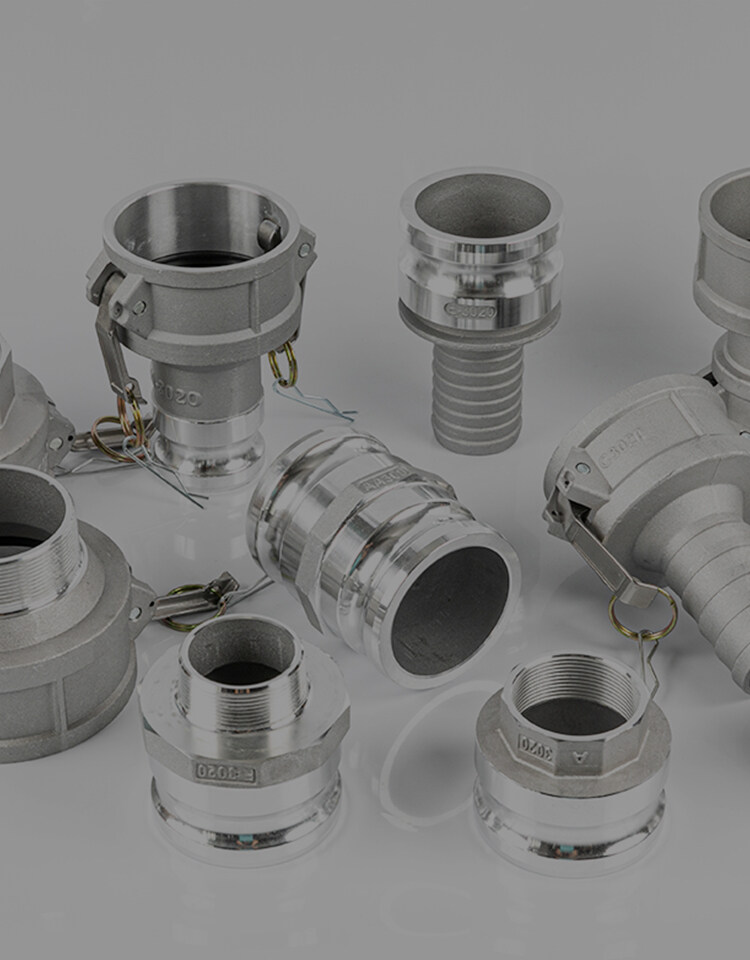Errore nel formato dell'e-mail
emailCannotEmpty
emailDoesExist
pwdLetterLimtTip
inconsistentPwd
pwdLetterLimtTip
inconsistentPwd

Notizia
Qui, puoi descrivere un pezzo di testo che vuoi esprimere

The Comprehensive Guide to China Air Compressor Hose Fittings
Air compressor hose fittings are an essential component in the realm of pneumatic tools and air compressor systems. These small but significant parts play a pivotal role in connecting hoses to air compressors, tools, and other equipment, ensuring a secure and leak-free connection. In this comprehensive guide, we will delve into the world of China air compressor hose fittings, exploring the quality, selection, and application of these crucial components. We will also discuss the various types of hose fittings, adapters, and manufacturers that contribute to China’s reputation as a leading provider in the industry.
Understanding Air Compressor Hose Fittings:
Before we dive into the specifics of China air compressor hose fittings, it’s important to understand what these fittings are and how they function. Air compressor hose fittings are designed to connect an air hose to an air compressor or pneumatic tool, creating a tight seal that allows for the efficient transfer of air without leaks. These fittings come in various shapes, sizes, and materials to suit different applications and pressures.
The Importance of Quality in Hose Fittings:
Quality is paramount when it comes to hose fittings. A high-quality fitting ensures durability, reliability, and safety in operation. China hose fitting manufacturers are known for their stringent quality control measures, which include material selection, manufacturing processes, and final inspections. This attention to quality results in fittings that can withstand the rigors of industrial use and provide a long service life.
Selecting the Right Hose Fitting for Your Application:
Selecting the right hose fitting for your application is a critical decision that can have significant implications for the efficiency, safety, and longevity of your pneumatic system. Here are some key considerations to keep in mind when choosing the appropriate China air compressor hose fitting for your needs:
Material Compatibility
The material of the hose fitting should be compatible with the media being conveyed through the hose. Common materials for hose fittings include brass, stainless steel, and plastic. Each material has its own advantages and is suitable for different types of environments and substances. For example, stainless steel fittings are ideal for corrosive environments, while brass fittings are commonly used for their resistance to corrosion and high temperatures.
Pressure Rating
Ensure that the fitting can handle the operating pressure of your system. The fitting’s pressure rating must meet or exceed the maximum pressure of the air compressor and the hose. Using a fitting with an inadequate pressure rating can lead to leaks or even dangerous blowouts.
Hose and Fitting Size
The size of the fitting must correspond to the size of the hose to ensure a secure connection. Using mismatched sizes can result in poor performance or connection failures. It’s important to check both the inner diameter (ID) and outer diameter (OD) of the hose when selecting a fitting.
Connection Type
There are various types of connections used in hose fittings, such as threaded (NPT, BSPT), quick-connect, barbed, push-to-connect, and swivel. The type of connection will depend on the application and the level of convenience required. For instance, quick-connect fittings allow for easy and fast connections without the need for tools.
Environmental Conditions
Consider the environmental conditions in which the fitting will be used. Temperature extremes, UV exposure, chemicals, and abrasion can all affect the performance and durability of a hose fitting. Select a fitting that is designed to withstand the specific conditions of your application.
Application-Specific Features
Some applications may require additional features such as swivel capability to prevent hose kinking, or a particular finish or coating on the fitting for extra protection. Be sure to identify any special requirements your application may have.
Manufacturer Reputation
Choose a reputable hose fitting manufacturer that is known for quality and reliability. Research the manufacturer’s history, customer reviews, and certifications to ensure that you are getting a product that meets industry standards.
Certification and Standards
Check if the fittings comply with relevant industry standards and certifications. These standards ensure that the fittings have been tested and meet specific criteria for safety and performance.
Customization Options
If your application requires a unique solution, consider whether the manufacturer offers customization options for hose fittings. Some manufacturers can provide tailored fittings to meet the exact specifications of your system.
Types of China Air Compressor Hose Fittings:
When it comes to air compressor hose fittings, there is a variety of types available, each designed to meet specific needs and applications. Understanding the differences between these fittings is crucial for ensuring a secure and efficient connection. Below are some of the most common types of air compressor hose fittings you might encounter:
Quick-Connect Fittings
Quick-connect fittings, also known as quick couplers, are designed for fast and easy connection and disconnection without the use of tools. They are ideal for applications where hoses need to be frequently changed or where convenience is a priority. These fittings typically consist of a plug and a socket that, when pushed together, form a tight seal.
Barbed Fittings
Barbed fittings have one or more barbs that grip onto the inside of a hose, providing a secure connection. They are often used with softer hoses, such as rubber or PVC, and require a clamp to ensure the hose does not slip off the barb. Barbed fittings are simple and cost-effective but may not be suitable for high-pressure applications.
Push-to-Connect Fittings
Push-to-connect fittings, also known as push-fit fittings, allow for quick hose attachment by simply pushing the hose onto the fitting. An internal gripping ring holds the hose in place, while an O-ring provides a leak-proof seal. These fittings are user-friendly and can be disconnected and reconnected multiple times.
Threaded Fittings (NPT, BSPT, etc.)
Threaded fittings are among the most common types of hose fittings and provide a strong, leak-proof connection. They are available in various thread standards, including National Pipe Tapered (NPT) and British Standard Pipe Tapered (BSPT). When selecting threaded fittings, it’s important to match the thread type and size to ensure compatibility.
Swivel Fittings
Swivel fittings are designed to allow the hose to rotate freely, preventing kinks and twists. They are particularly useful in applications where the hose is frequently moved or repositioned. Swivel fittings can be found in both threaded and quick-connect styles.
Compression Fittings
Compression fittings use a compression nut and ferrule (ring) to create a tight seal between the fitting and the hose. When the nut is tightened, the ferrule compresses the hose against the fitting, providing a secure connection. These fittings are suitable for both metallic and non-metallic hoses and are commonly used in high-pressure applications.
Reusable Fittings
Reusable fittings are designed to be assembled and disassembled multiple times without damaging the hose or fitting. They are a cost-effective solution for applications where hoses are frequently replaced or repaired. Reusable fittings typically involve a two-piece design with a nipple and shell that are screwed together to secure the hose.
Flare Fittings
Flare fittings feature a flared end that is matched with a corresponding flared hose or tube. When the fitting is tightened, the flared surfaces are pressed together to form a tight seal. These fittings are often used in high-pressure and high-temperature applications.
China Hydraulic Hose Fitting Innovations:
In addition to standard air compressor hose fittings, China is also at the forefront of hydraulic hose fitting innovations. These fittings are designed for high-pressure hydraulic systems and are manufactured with precision to handle the demanding conditions of hydraulic applications.
The Role of Hose Fitting Factories in China:
Hose fitting factories in China play a significant role in the global supply chain. These factories are equipped with advanced machinery and technology to produce a wide range of fittings. The hose fitting manufacturer industry in China is highly competitive, which drives innovation and keeps prices competitive for international buyers.
Custom Hose Fittings and Adapters:
For specialized applications, custom hose fittings and adapters may be required. China hose adapter manufacturers offer custom solutions to meet unique requirements, ensuring that even the most challenging connections can be made effectively.
Ensuring Proper Installation and Maintenance:
Proper installation and maintenance of air compressor hose fittings are crucial for safety and performance. Here are some guidelines to help you with the installation and maintenance of your China air compressor hose fittings:
Installation Guidelines:
Select the Correct Fitting:
Make sure the fitting is the right size, type, and material for your hose and application.
Inspect Before Installation:
Check both the hose and the fittings for any damage or defects before installation.
Prepare the Hose:
Cut the hose cleanly and squarely to ensure a proper fit. Remove any burrs or sharp edges that could damage the fitting.
Follow Manufacturer Instructions:
Each type of fitting may have specific installation instructions. Always follow the manufacturer’s guidelines.
Use Proper Tools:
Use the correct tools for the fitting you are installing to avoid damaging the fitting or hose.
Ensure a Tight Seal:
For threaded fittings, use thread sealant or tape as recommended. For barbed fittings, ensure the clamp is properly positioned and tightened.
Test the Connection:
Once installed, test the connection with a low-pressure air source first to check for leaks.
Maintenance Tips:
Regular Inspections:
Periodically inspect hose fittings for signs of wear, corrosion, or damage.
Tighten Connections:
Check and tighten any loose fittings, especially in high-vibration environments.
Replace Worn Parts:
Replace any fittings that show signs of wear or damage immediately.
Keep Clean:
Keep fittings clean from dirt, debris, and contaminants that could cause leaks or corrosion.
Avoid Over-Tightening:
Over-tightening can cause damage to both the hose and the fitting. Tighten to the manufacturer’s specifications.
Use the Right Replacement Parts:
When replacing parts, use only those that match the specifications of the original parts.
Follow a Maintenance Schedule:
Establish and adhere to a regular maintenance schedule based on the manufacturer’s recommendations and your system’s usage.
Train Personnel:
Ensure that anyone who works with the pneumatic system is properly trained in the correct installation and maintenance procedures.
Monitor System Pressure:
Regularly check the system pressure to ensure it is within the safe operating range for the hose and fittings.
Store Spare Parts Properly:
Keep a stock of spare fittings and store them in a clean, dry place to prevent deterioration.
Conclusion:
China air compressor hose fittings are a testament to the country’s manufacturing prowess and commitment to quality. With a wide selection of fittings, adapters, and custom solutions, China continues to be a go-to source for industries around the world. By understanding the importance of quality, selecting the right fitting for your application, and ensuring proper installation and maintenance, you can maximize the efficiency and safety of your air compressor system.

